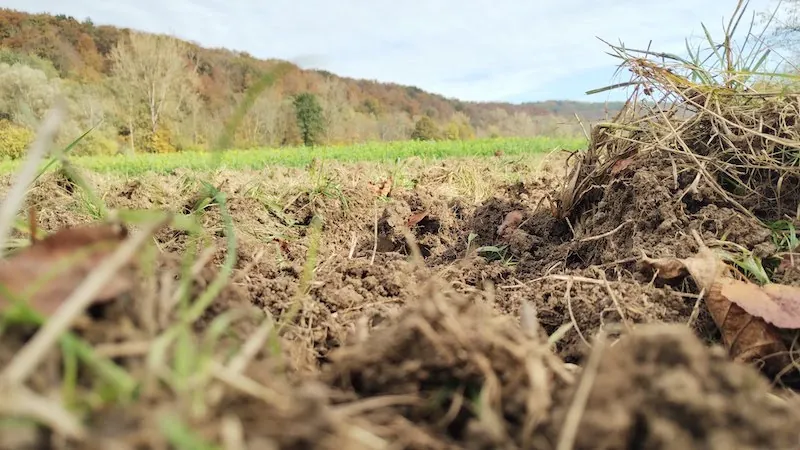
The Alarming Link Between Climate Change and Toxic Metal Mobility in Soils
2024-11-03
Author: Ming
Introduction
In a groundbreaking study, researchers warn that climate change could dramatically increase the mobility of toxic metals, such as cadmium, in soils, posing significant risks to ecosystems and human health. As global temperatures are projected to rise by two to four degrees Celsius by 2100, this could lead to cadmium and other harmful substances increasingly infiltrating the human food chain through agriculture.
Study Overview
The study led by assistant professor Marie Muehe from the University of Tübingen and the Helmholtz Center for Environmental Research (UFZ) has revealed concerning insights. Published in Nature Communications Earth and Environment, the research specifically highlights that slightly acidic soils, which constitute around two-thirds of the world's soils, are most susceptible to the mobilization of toxic metals.
Health Risks of Cadmium
Cadmium, a well-known carcinogen, poses severe health risks as it inhibits critical physiological processes in living organisms. While toxic metals naturally exist in bound forms within the soil, their potential mobilization under changing climatic conditions is alarming.
Research Findings
The compounded stress from climate change and toxic metals on the soil microbiome is still poorly understood,” Muehe explains. Her team examined how these dynamics will shift as climate conditions evolve, particularly during growing seasons that simulate forecasts for 2100.
The experiment conducted utilized agricultural soil samples from various farms, subjecting them to future climate scenarios. The results were striking: in slightly acidic soils, the mobility of cadmium could increase by approximately 40% during summer months under predicted climate conditions. The release of cadmium into pore water influences the soil microbiome and alters the activity of various microorganisms, leading to further soil acidification.
Microbial Effects
Dr. Sören Drabesch, a co-author of the study, emphasizes, “Certain microorganisms become more active, which can exacerbate nutrient cycling issues and disrupt entire ecosystems.” Alarmingly, the study found that in some soils, cadmium concentrations may rise to levels that threaten the health of the soil microbiome, ultimately impacting agricultural productivity and food safety.
Soil Chemistry Perspectives
Interestingly, the study indicated that soils with a slightly alkaline composition did not experience significant cadmium mobilization, highlighting the complex interactions between soil chemistry and climate change.
Conclusions and Calls to Action
The findings underscore a looming threat: as mobile cadmium levels increase, agricultural ecosystems could face profound disruptions, potentially altering greenhouse gas emissions and leading to harmful cadmium accumulation in crops. “If not addressed, these changes could have lasting repercussions for food security and public health,” Muehe warns.
Experts urge continuous monitoring of these environmental changes to safeguard ecosystems and public health in the face of an uncertain climatic future. The call to action is clear: we must take these warnings seriously before it’s too late.
Stay Informed
Stay informed about these developments to understand how climate change may affect the very food we eat!



 Brasil (PT)
Brasil (PT)
 Canada (EN)
Canada (EN)
 Chile (ES)
Chile (ES)
 España (ES)
España (ES)
 France (FR)
France (FR)
 Hong Kong (EN)
Hong Kong (EN)
 Italia (IT)
Italia (IT)
 日本 (JA)
日本 (JA)
 Magyarország (HU)
Magyarország (HU)
 Norge (NO)
Norge (NO)
 Polska (PL)
Polska (PL)
 Schweiz (DE)
Schweiz (DE)
 Singapore (EN)
Singapore (EN)
 Sverige (SV)
Sverige (SV)
 Suomi (FI)
Suomi (FI)
 Türkiye (TR)
Türkiye (TR)